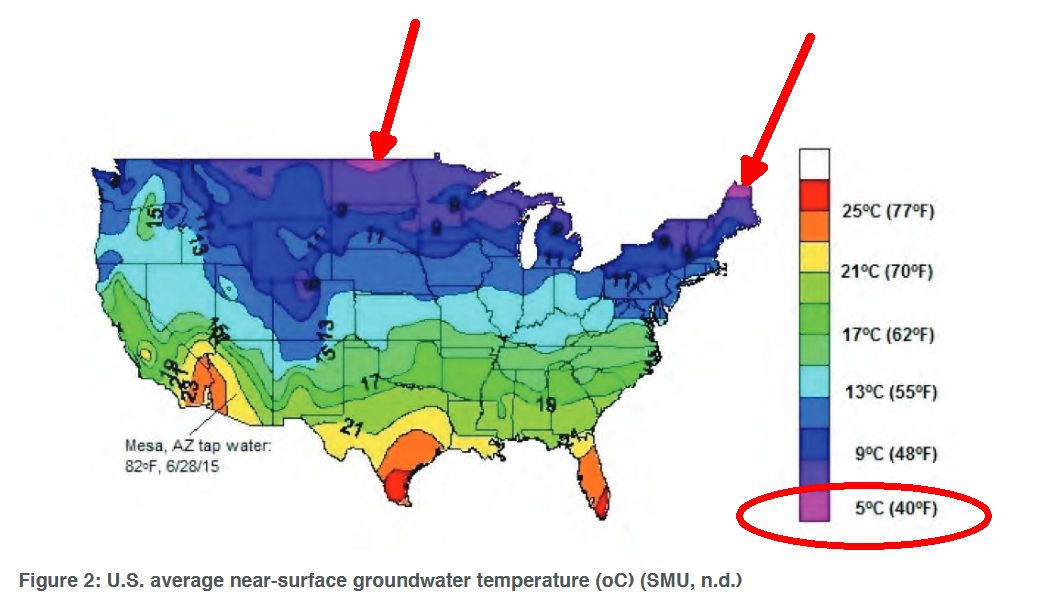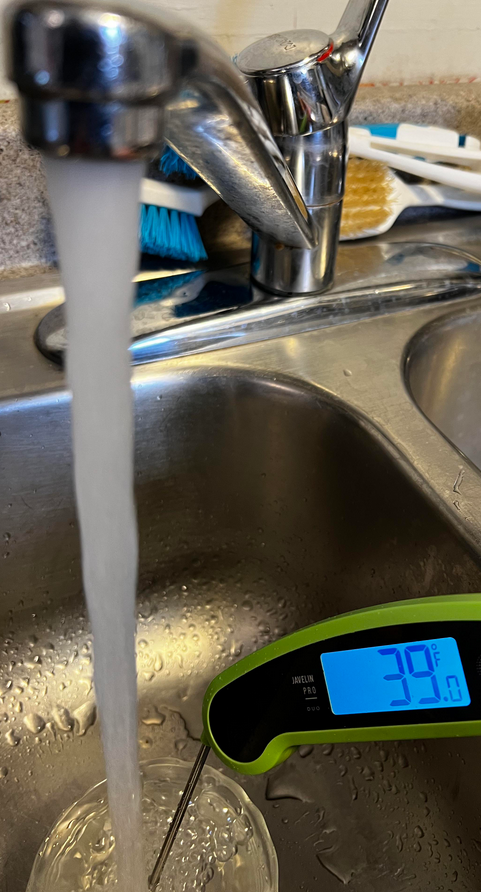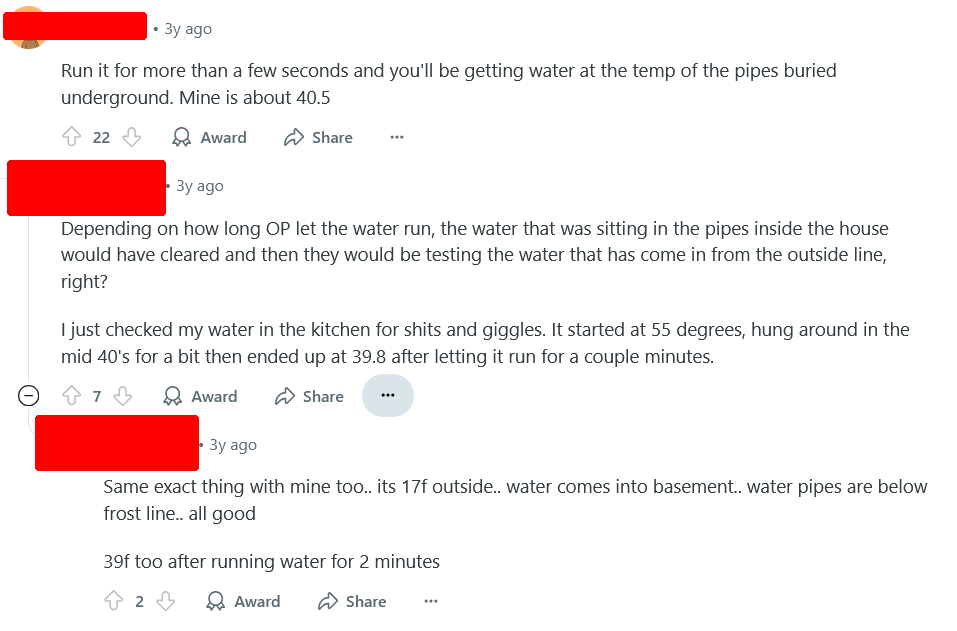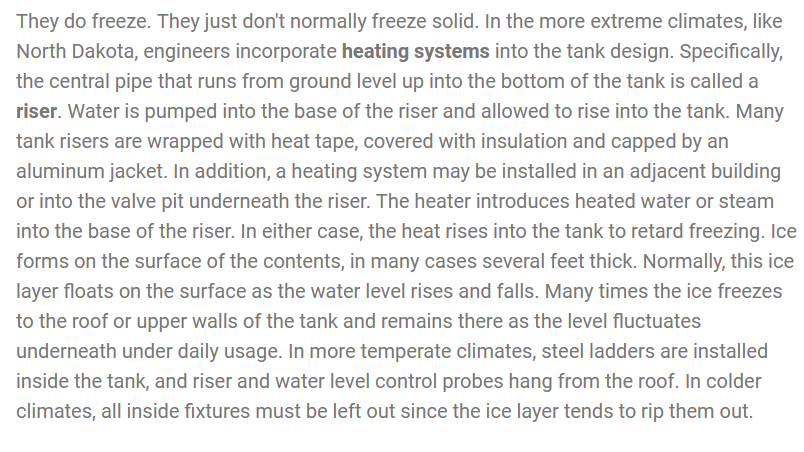Cold-Water-Wash-Technical-Brief
"Household hot water wash temperatures in the United States are determined by the
temperature set point on the water heater. The U.S. Consumer Product Safety Council
recommends that water heaters be set to 120ºF in order to avoid scalding household
water users, which sets the upper limit for water temperature in a household (CPSC,
2012). “Cold” water wash temperature, referred to as “tap cold” on some machines,
is the inlet temperature of water delivered to a residence from the water mains.
The actual temperature of cold water entering a household varies significantly based on the source of the water (e.g., on-site groundwater well versus public water supply), the time of year, and how deep pipes are buried between the source and the residence.
The average inlet temperature can range from 37ºF in Anchorage, AK to 82ºF in
Phoenix, AZ (GTX Technologies, 2001). The scale of potential temperature variation
is reflected in Figure 2, which shows how average groundwater temperatures vary
across the U.S. These values do not necessarily represent water temperature in a
residence, as noted by the delivered temperature to an average household in Mesa,
AZ, a suburb of Phoenix. Figure 3 further underscores the difficulty in accurately
describing household cold water temperature by providing the temperature of water in Phoenix, AZ over the course of two years when stored at the surface or conveyed to a household in pipes at three different depths (Burch & Christensen, 2007)."
https://www.cleaninginstitute.org/s...ts/1/Page/Cold-Water-Wash-Technical-Brief.pdf
Carry on...






